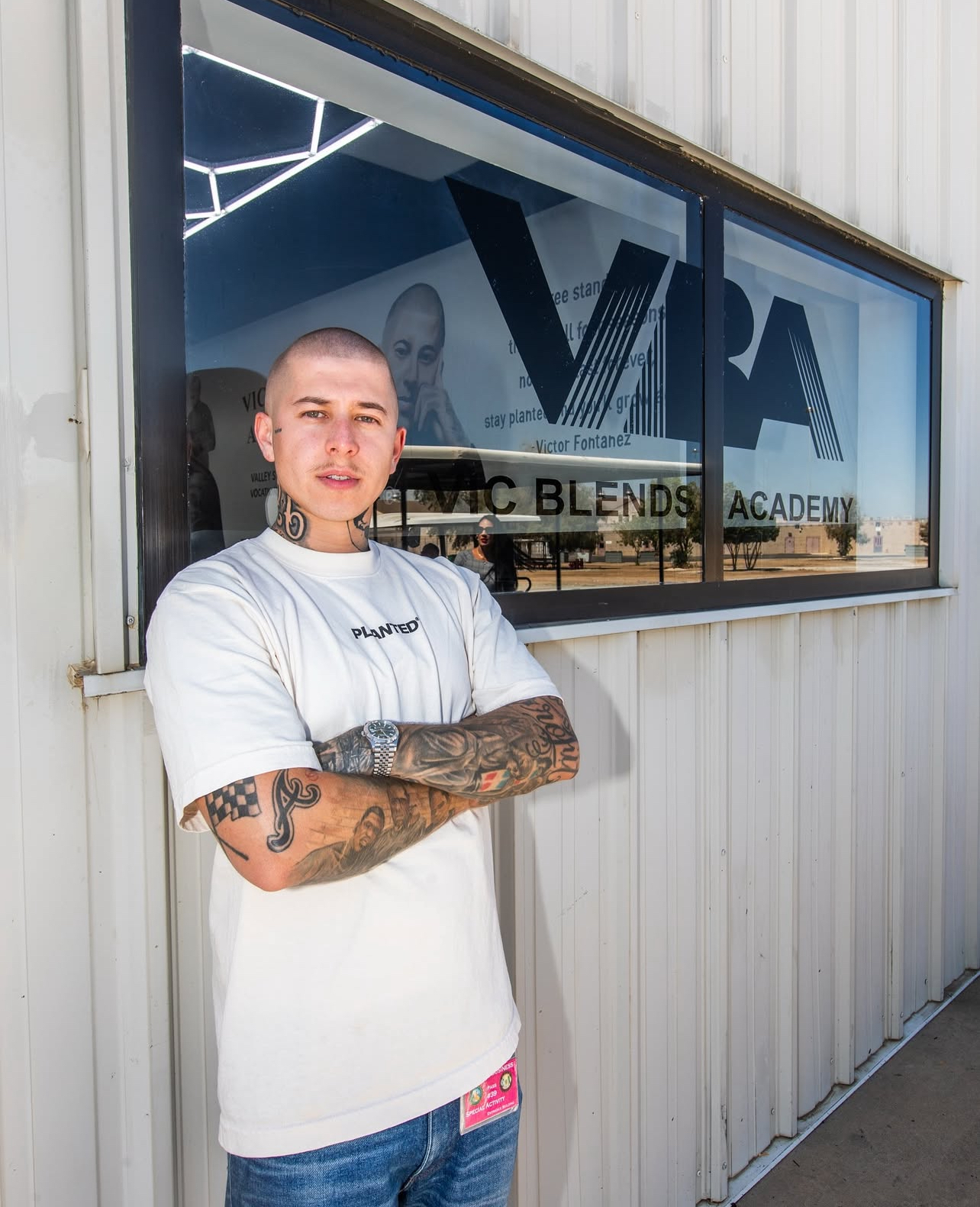Fresno Schools Turning Away From Zero Tolerance-
New America Media, Question & Answer, Nicole Hudley, Posted: Apr 15, 2013
New America Media: Given the recent focus on approaches to reducing suspensions, why are suspension rates a problem for California?
Jane Stevens: Suspension rates for California schools are just way too high. If you look at the data you’ll see – some schools had more suspensions than they had students.
NAM: What are some of issues that might lead to a student being suspended and how can things be done differently?
Stevens: Little triggers, depending on what’s happening in a kid’s life — say a teacher yelling — can just set the kid off. Or a loud noise can set a kid off who is living in a neighborhood where there is a lot of gun violence.
A kid in San Francisco had to spend the night at a hotel because there’s gun violence outside of the home. That’s pretty freaky for a young kid and anything might set that kid off. So when they come to school the next morning, we say, let’s just give this kid a big long time out and let them go into the “peace corner” with a cozy bean bag and just listen to soothing music for a while, or they can pop bubble wrap, or massage their hands with lotion, or do breathing exercises. These tools [allow students] to recognize when they are becoming like a volcano and they can begin self-regulation before things get out of hand.
NAM: Can you describe what kind of work Safe and Civil Schools has done in Fresno?
Stevens: With Safe and Civil Schools in particular, we look for the kids that are having issues — it’s not just the kids that are acting out, but also the kids that are withdrawn and quiet. They’re so frightened that they’re just turning off. It’s checking in with those kids and seeing how they’re doing and how we can offer help.
Safe and Civil Schools also helps give teachers tools to help them deal with issues before the situation gets out of hand. Before, if there was a kid that the teacher just didn’t get along with, they would already have a referral slip filled out, and all the kid had to do was say “Boo” and they would be sent to the principal’s office.
NAM: And you also deal with the larger school community, correct?
Stevens: Safe and Civil Schools sets up a school wide system for school wide goals and values, things like respect and academic achievement. It sets in place what the behavioral expectations are. It acknowledges kids for good behavior. It also puts in place a reporting system so the principal can get an idea of how things are progressing and make changes in the classroom.
NAM: What can schools do with this data?
Stevens: In one high school, in Kings County, they were looking at the data – and in all the classes on one particular day there was a lot of behavior issues. They had a whole bunch of referrals just during a particular class period. They had just changed the class schedule – and on that day that class was almost 2 hours long. With the data, the school figured out what was going on and made changes, like offering a break, so they weren’t expecting a student to sit for 2 hours.
NAM: How does the approach of the Safe and Civil Schools program compare to restorative justice programs?
Stevens: Restorative justice practices are very useful, but a school that does only restorative justice practices won’t be helping all the students. It really only helps the students that have the least behavior problems. For a restorative justice practice to work, the student has to have already calmed down … then they can acknowledge what happened and deal with the aftermath. Restorative justice also doesn’t address a student that’s too depressed.
NAM: How would Safe and Civil Schools help calm a student down?
Stevens: You do not lock them up in an isolation room. You do get them away from everyone else, but you get someone who can talk them down. You really have to think about how your brain is structured. When you’re traumatized, your lower brain takes over. It’s like a rider on a horse and the horse is going crazy. You’ve got to help the kid calm down. It might take an hour or two to get that thinking brain back on the horse and assimilate the information. When that thinking brain is off, nothing will penetrate.
NAM: Is trauma really an issue for many students?
Stevens: The data shows that 66 percent Americans have endured some type of severe or chronic trauma. But when you have 2 or 3 or 4 types of chronic trauma going on at once, that’s when you have a kid that’s just walking on the edge all the time. Kids like this are practically guaranteed to not be engaged, because their minds aren’t capable. If that school is adding to the trauma that the kid is already experiencing, than that kid doesn’t have a chance.


